Still in pandemic, still under restrictions… it’s time to take a vacation, but where can we go?
Percé Rock at sunrise. Nikon Z7II with 70-200mm f/2.8 at 93mm, f/18 with ND Filter, 15 seconds, ISO 125.
In Eastern Canada, there is only one answer: Discover another region of Quebec, la belle province. For this trip, we headed east to explore the Gaspé Peninsula, which along with the North Shore, is one of the two most popular tourism regions of the province.
The Heppell covered bridge and Luc the fisherman. Nikon Z7II with 24-70mm f/2.8 at 24mm at f/2.8, 1/1600 second, ISO 64.
Our first photo stop: The Heppell covered bridge, located in Causapscal, built in 1908-1909 to span the Matapedia River. We met Luc, a fly fisherman who showed us his expertise and suggested that we go 12 kilometers into the forest to see the salmon go up the river.
Salmon going up the river. Nikon Z7II with 70-200mm f/2.8 at 80mm at f/3.5, 1/1250 second, ISO 1250.
Second stop: Carleton-sur-mer, the 4th most populous city in the Gaspé peninsula with a beautiful bay, a famous lighthouse, and a popular campsite.
Camping in Carleton-sur-mer. Nikon Z7II with 24-70mm f/2.8 at 28mm f/9, 1/60 second, ISO 500.
Recognized worldwide, Le Rocher Percé – Percé Rock, is a rocky islet with steep cliffs that features a natural and spectacular arch. Located in the Gulf of St. Lawrence, at the extreme eastern point of the Gaspé Peninsula, opposite the village of Percé, this internationally renowned limestone stack is 375 million years old, weighs more than 5 million tons, and measures 433 meters long, 90 meters wide, and 88 meters tall at its highest point. Several tons of rocks fall from Percé Rock every year, which makes it dangerous to visit the site close to low tide. The remaining arch is 15 meters high, and it is estimated that it will disappear in 400 years due to erosion.
Percé Rock. Nikon Z7II with 24-70mm f/2.8 at 52mm, f/5, 1/160 second, ISO 200 with graduated ND filter and graduated yellow filter.
Percé Rock at sunset. Nikon Z7II with 24-70mm f/2.8 at 70mm, f/20 with ND Filter, 30 seconds, ISO 80.
Razorbill and Common Murre in front of Percé Rock. Nikon D6 with 500mm, f/5.6, 1/2000 second, ISO 280.
Located 3.5 km off the coast of Percé, Bonaventure Island forms an oval with an area of 4.16 km². You can go around it by boat or discover the area on foot thanks to a network of landscaped hiking trails, the Chemin des Pionniers. Bonaventure Island is home to the world’s largest accessible wild gannet colony with over 121,000 birds (as of the 2008 calculations), recently surpassing the nesting grounds in the St. Kilda Archipelago in Scotland. In the event of an ecological disaster, Bonaventure Island will retain its title for a long time because the population of gannets grows at the rate of 3% annually.
Fishing boat at Percé. Nikon D6 with 500mm, f/5.6, 1/2000 second, ISO 140
Bonaventure Islands – home to thousands of gannets (Northern Gannet) Nikon Z7II with 14-24mm f/2.8 at 14mm, f/10, 1/320 second, ISO 200.
On the way back, we made a stop at Pointe-à-la-Renommée to see the lighthouse, the historic site of North America’s first maritime radio station, installed by Guglielmo Marconi in 1904. You can visit two very interesting exhibits: Marconi and the story of Radio Communications and As Time Goes By.
The lighthouse at Carleton-sur-mer. Nikon Z7II with 24-70mm f/2.8 at 24mm f/4, 1/2500 second, ISO 320.
The lighthouse at Pointe-à-la-Renommée. Nikon Z7II with 24-70mm f/2.8 at 32mm f/3.2, 1/800 second, ISO 200.
The lighthouse at Pointe-à-la-Renommée. Nikon Z7II with 70-200mm f/2.8 at 87mm f/3.2, 1/800 sec, ISO 64.
Gîte du Mont-Albert, a magnificent 4-star hotel located in the mountains, in the heart of Parc national de la Gaspésie. Nikon D6 with Tamron 15-30mm f/2.8 at 15mm f/22, 1/400 sec, ISO 1600.
Last stop: Parc national de la Gaspésie, created in April 1937 to permanently protect the Gaspésie caribou, the beauty of Mount Albert, the McGerrigle Mountains, and the salmon spawning grounds of the Sainte-Anne River. This territory is now recognized as a mecca for hiking in Quebec. The altitude of the park’s mountains profoundly influences the climate that shapes the entire landscape and creates a diversity of species unique in Quebec and the world. Arctic alpine plants and tundra landscapes are the preferred habitat of a herd of caribou, the last representatives of this species in the region south of the St. Lawrence.
Posing for a portrait, this gannet seemed to enjoy his moment in the spotlight. Nikon Z7II with 70-200mm f/2.8 at 200mm, f/20, 1/1250 second, ISO 4000.
Gathering material to build a nest. Nikon Z7II with 70-200mm f/2.8 at 200mm, f/20, 1/1250 second, ISO 1600.
Coming in for a landing. Nikon Z7II with 70-200mm f/2.8 at 200mm, f/20, 1/1250 second, ISO 1250.
The gannets are natural models, posing for the camera. Nikon D6 with 500mm f/5.6, 1/2000 second, ISO 280.
On our return trip, we made a point of stopping at Saint-Georges-de-la-Malbaie to see a rock formation resembling the profile of an indigenous warrior who, according to legend, stands with his back to the sea, desperately waiting for the return of his beloved, who was kidnapped by white men on their large sailing ship.
With so many birds in one area, territorial disputes are inevitable. Nikon D6 with 500mm f/5.6, 1/1250 second, ISO 360.
For the beauty of its rugged natural terrain, the wildlife, and the historic significance of the region, the Gaspé Peninsula is a photographer’s paradise, and a highly recommended destination, especially during this new era of socially distanced travel.
The Gaspé Penninsula is a mecca for bird photography. In this shot by Luc Simard, a Double-crested Cormorant, a Great Black-backed Gull, and a Black-legged Kittiwake compete for lunch. Nikon D6, 800mm lens with 1.4X teleconverter (effective focal length 1000mm) at f/7.1, 1/2000 second, ISO 450.
Herring Gull with chicks. Nikon D6, 500mm, f/5.6, 1/500 second, ISO 640.
Indian Head Site at St-Georges-de-la-Malbaie. Nikon Z7II with 70-200mm f/2.8 at 165mm f/3.5, 1/1250 sec, ISO 200.
Click here for details on Google Map
By Jacques Dumont



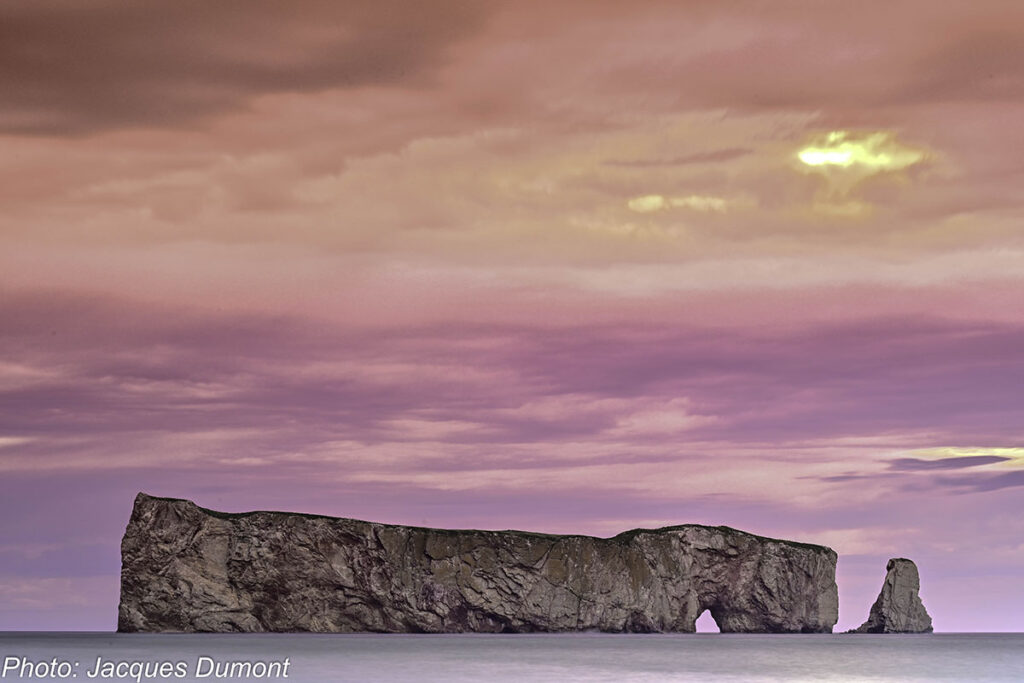
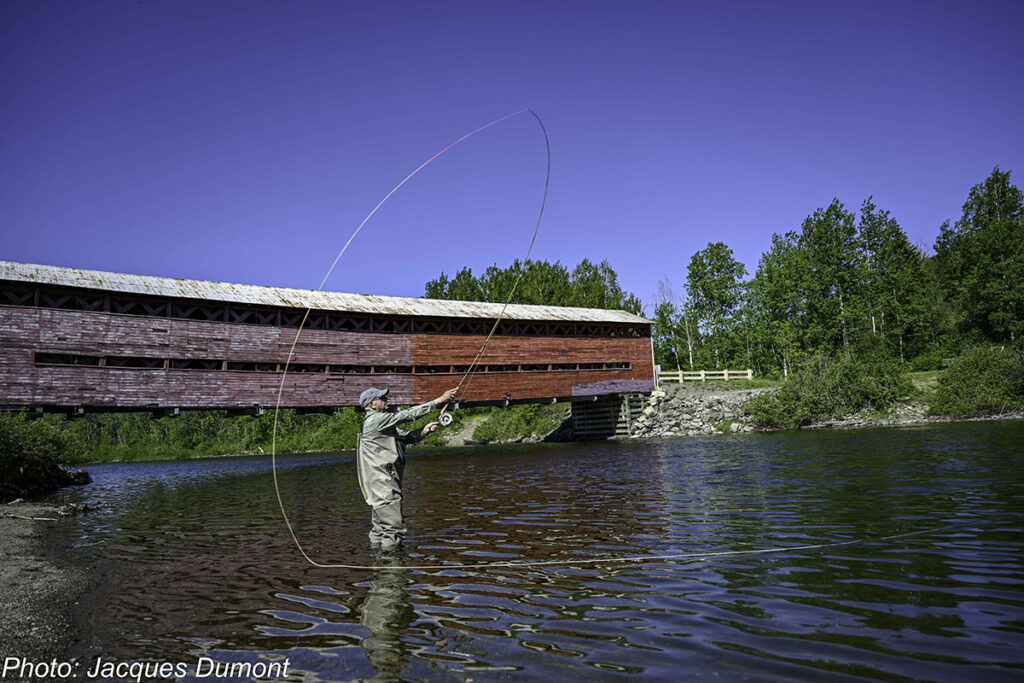
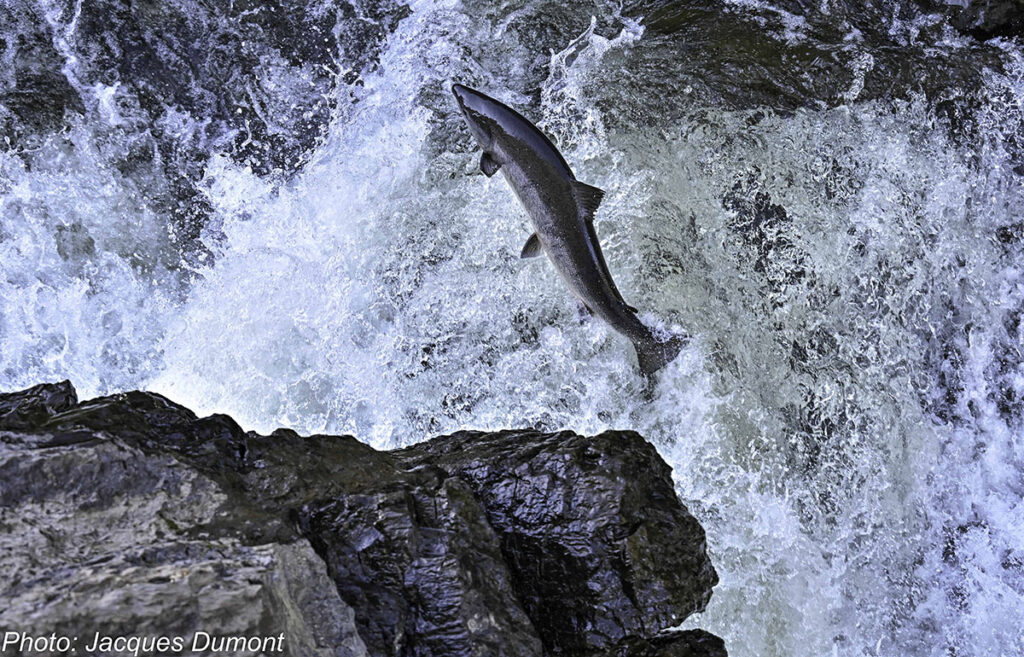
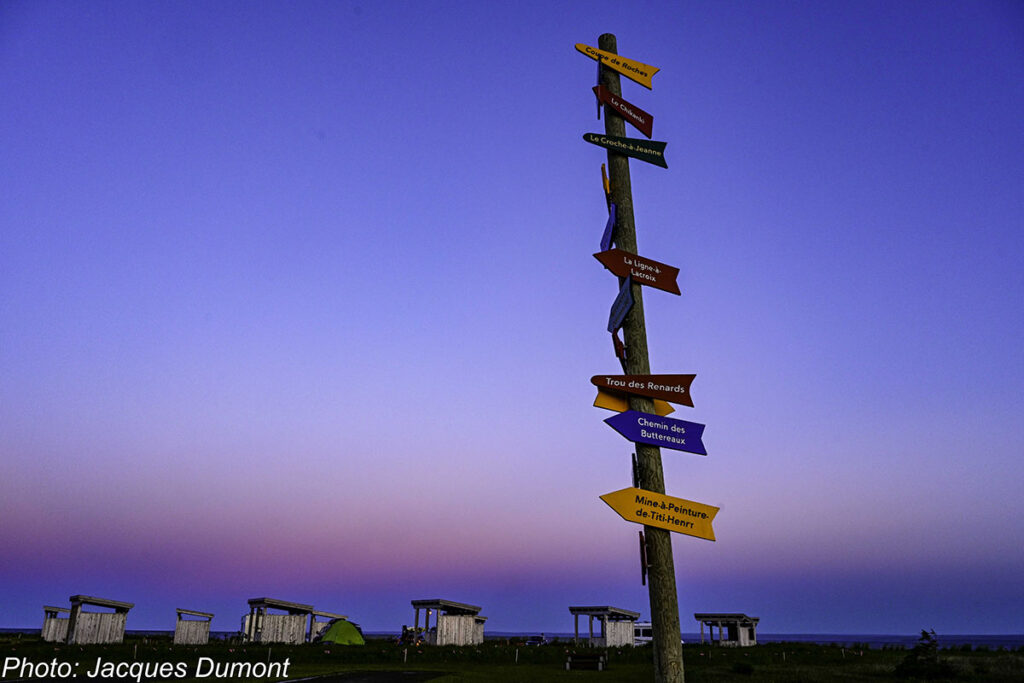
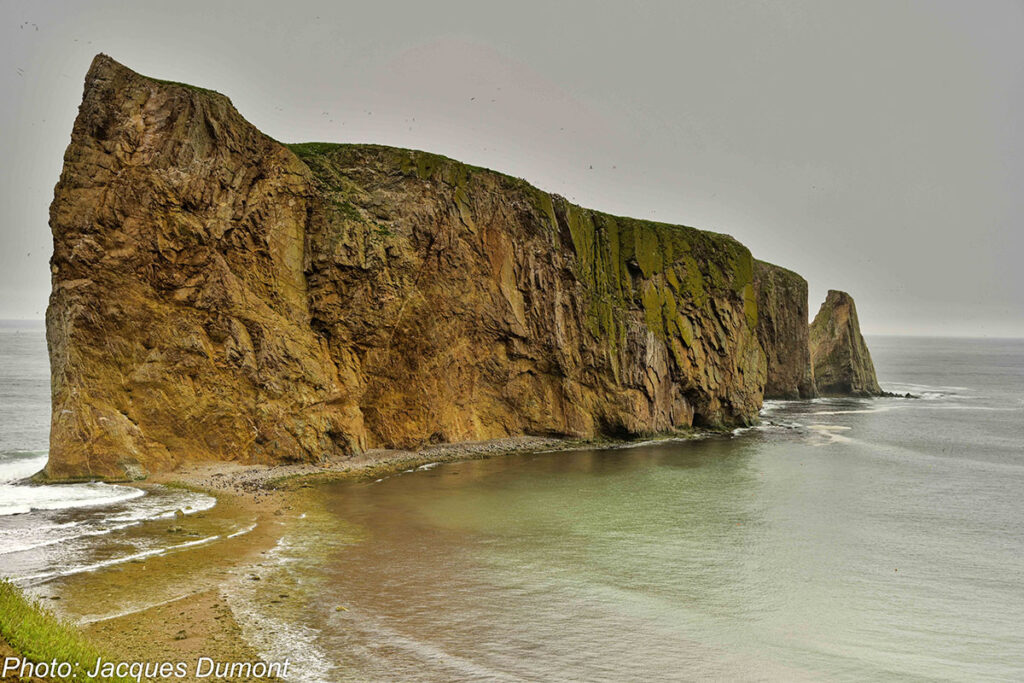
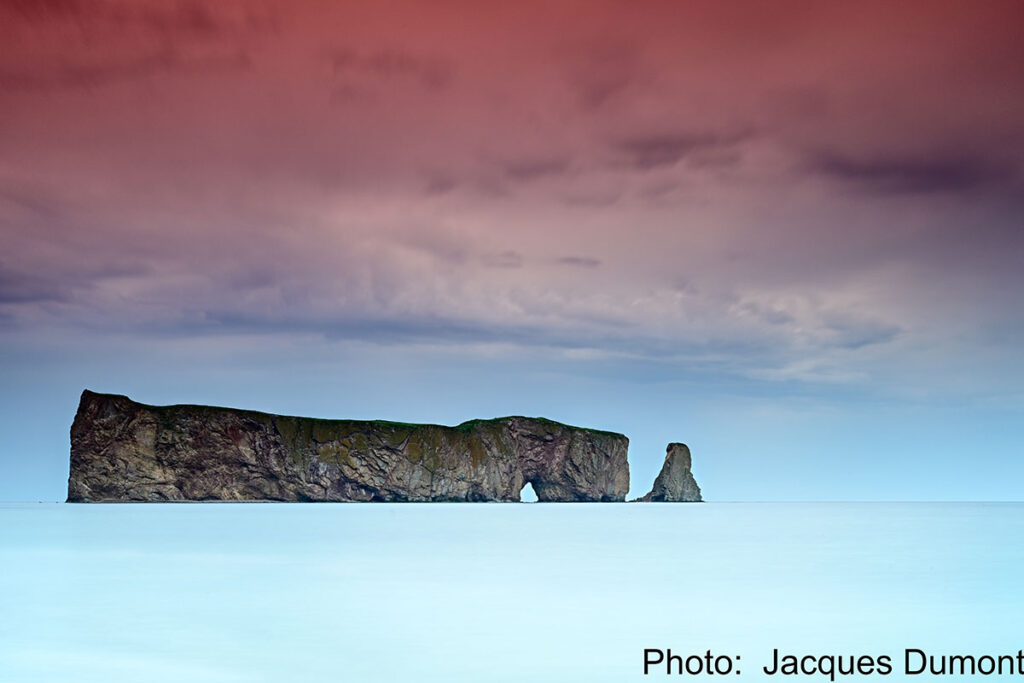
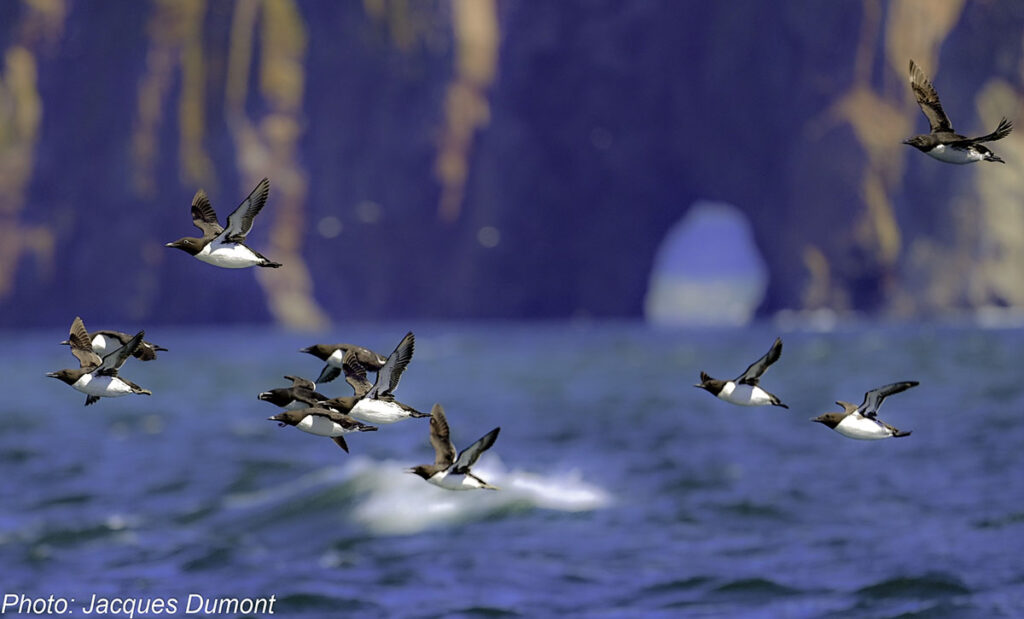
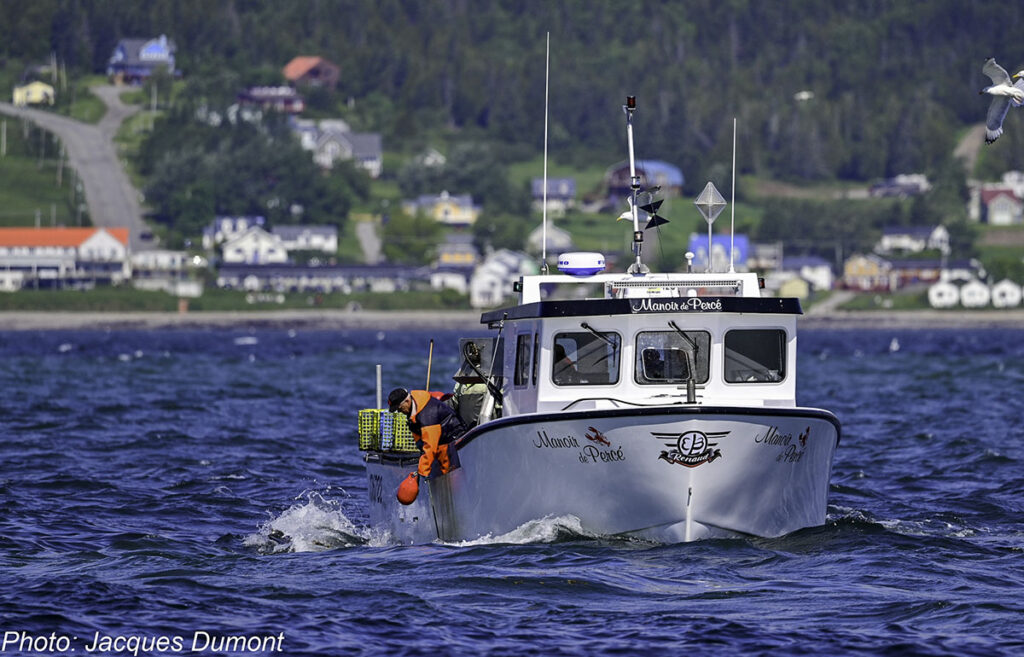
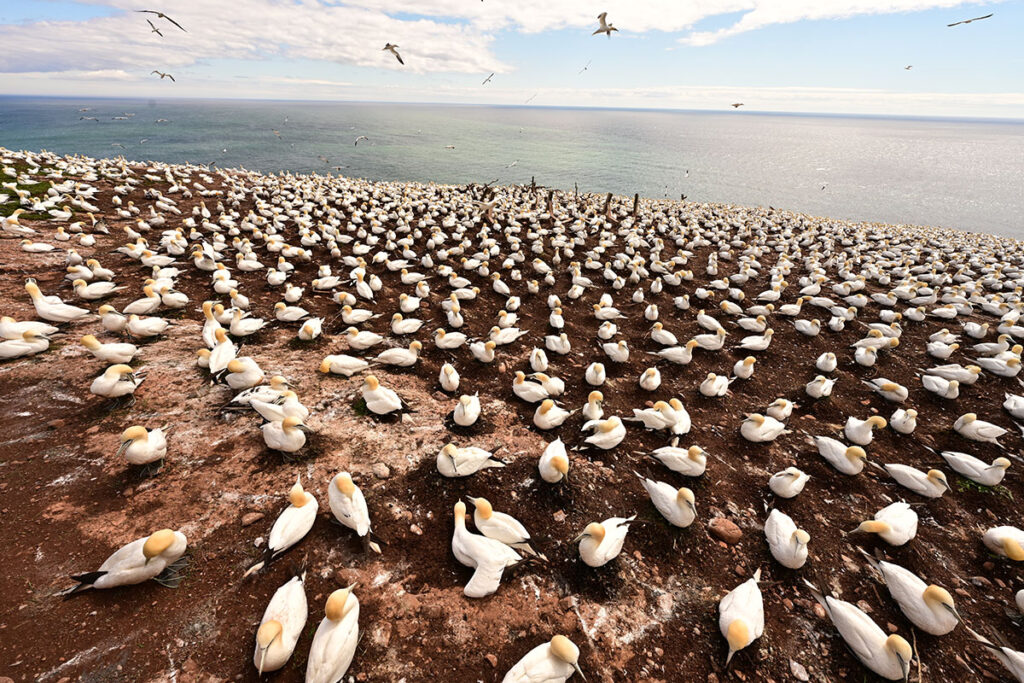
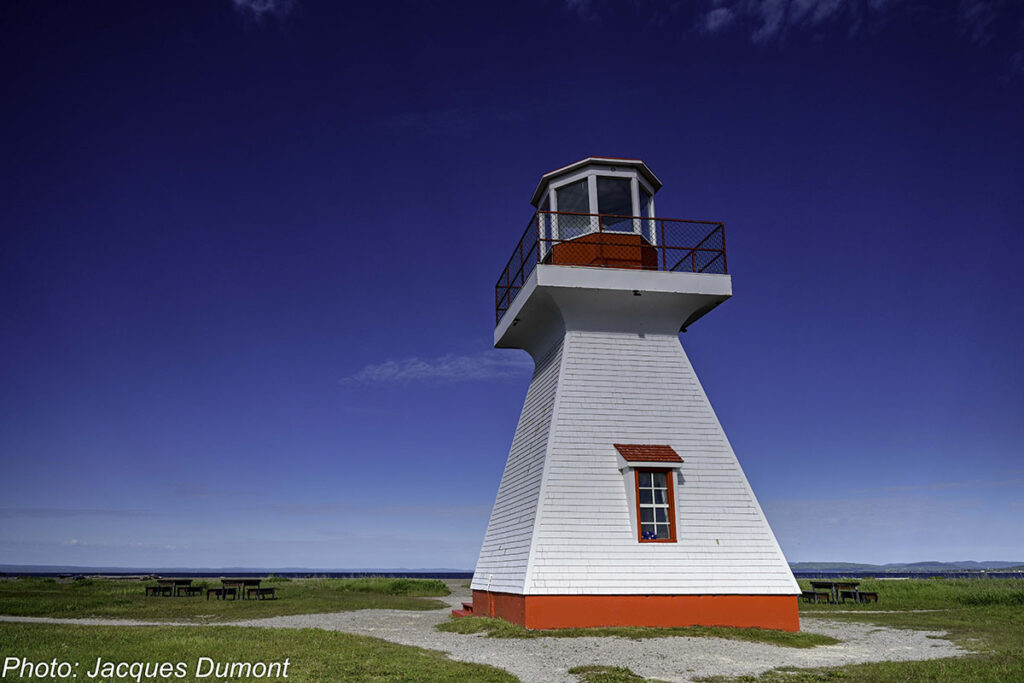
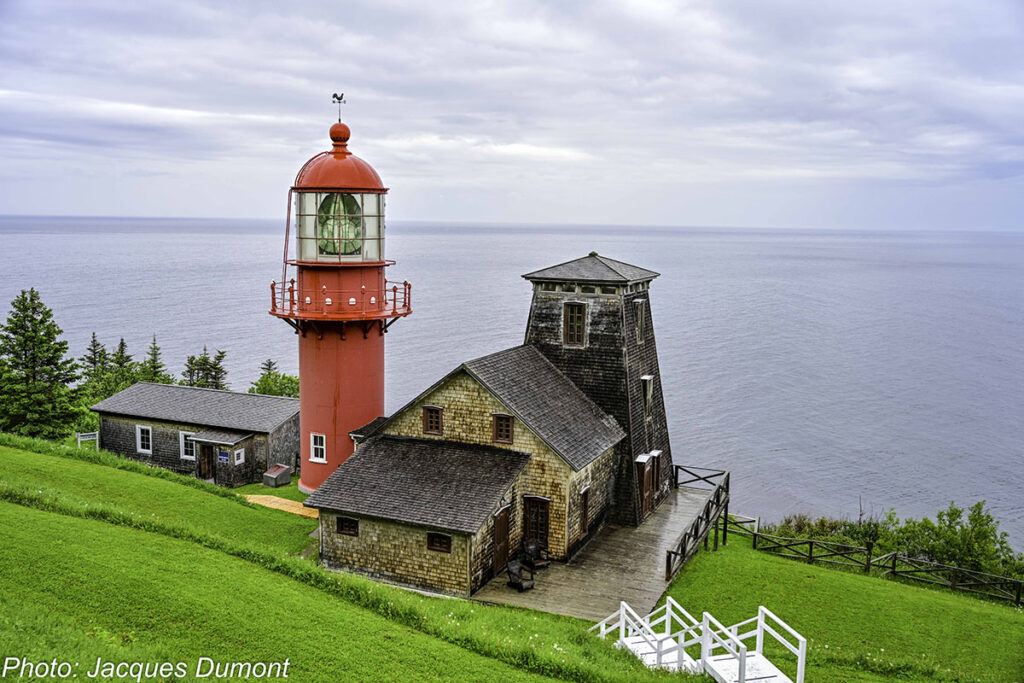
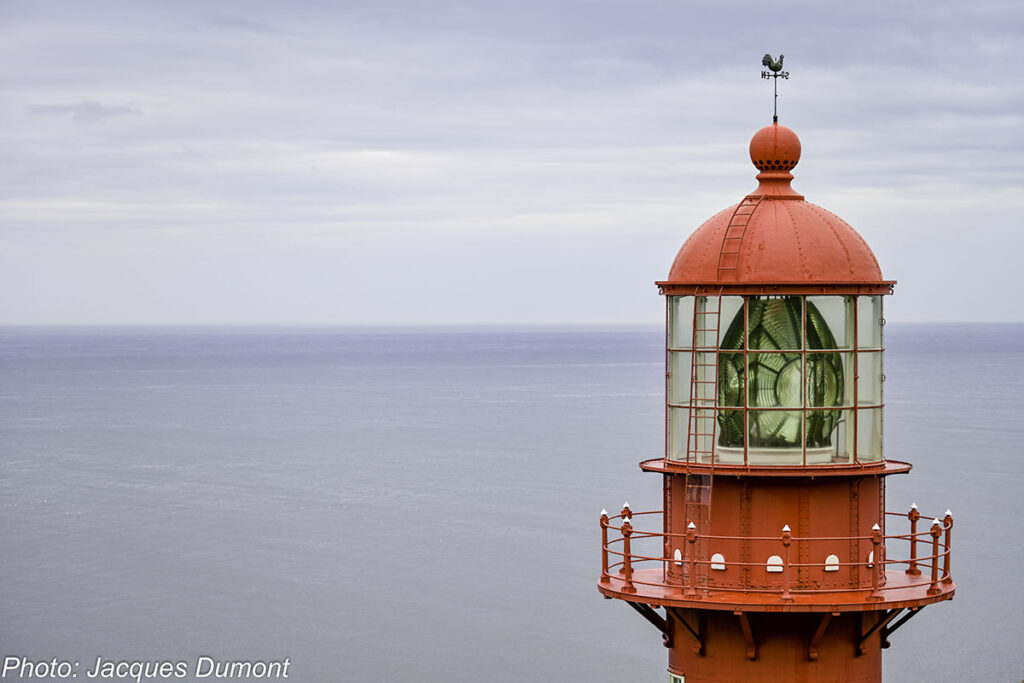
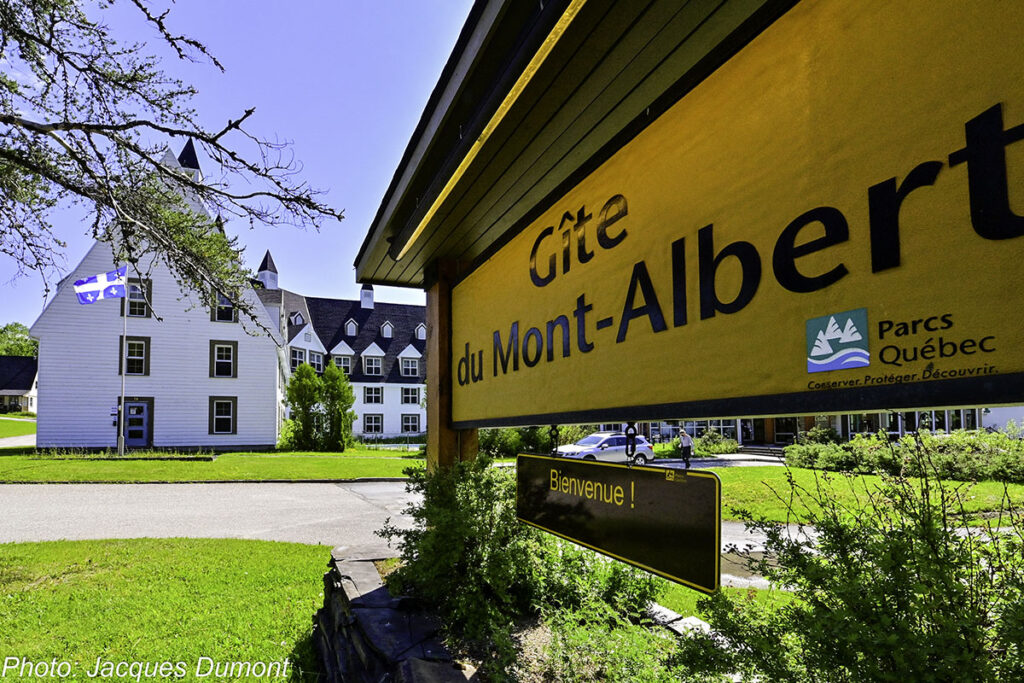
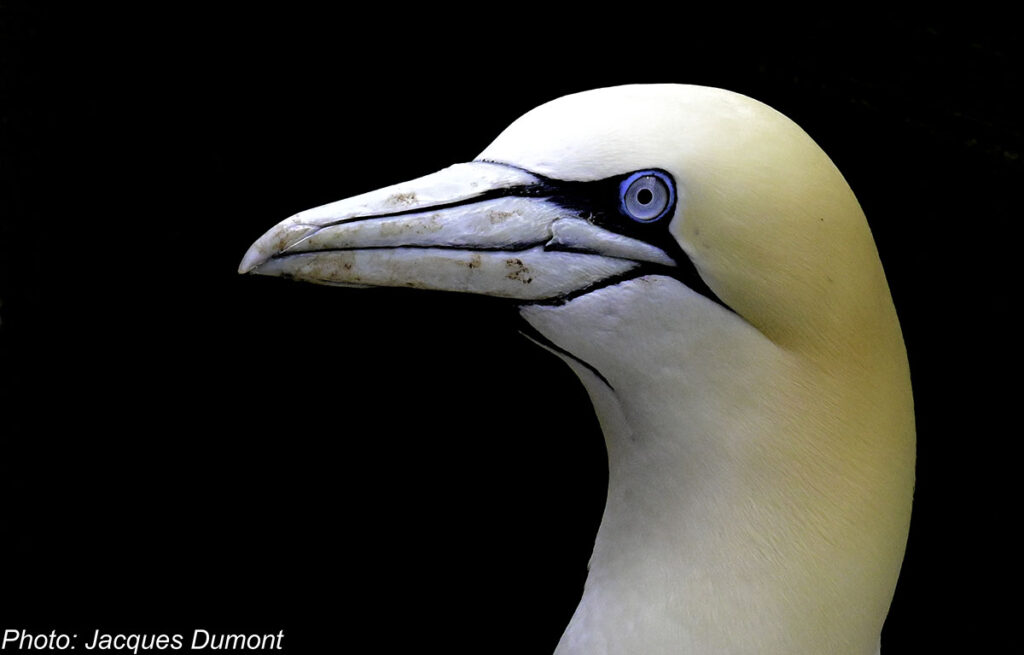
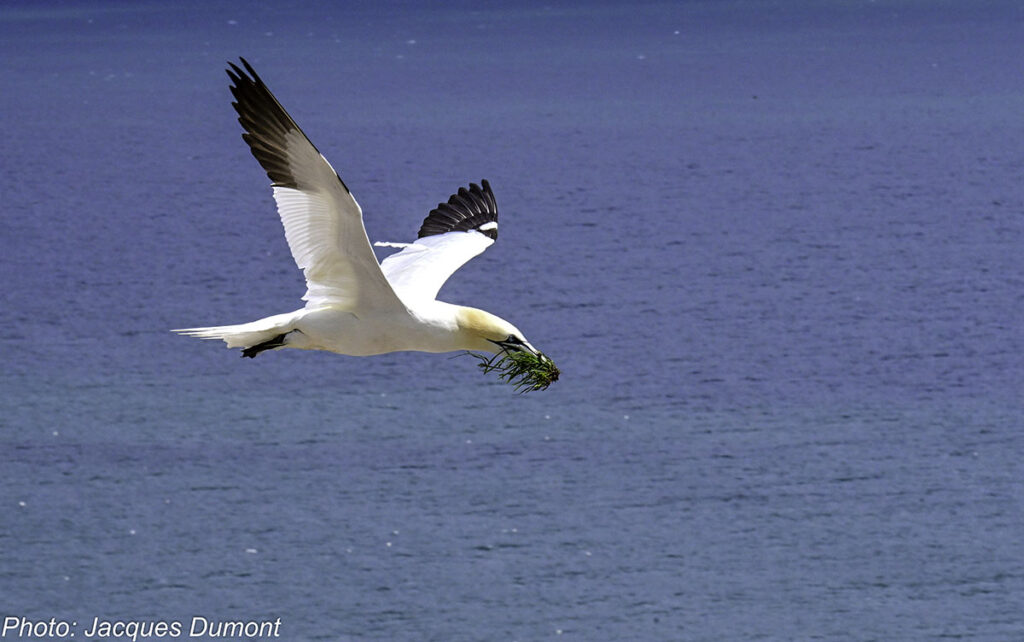
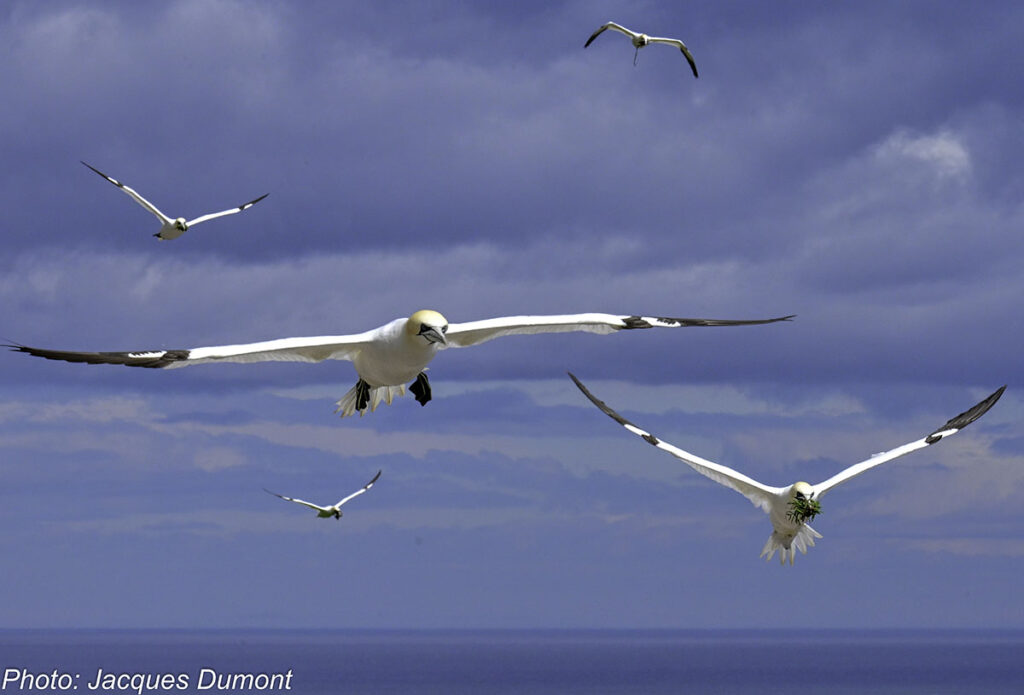
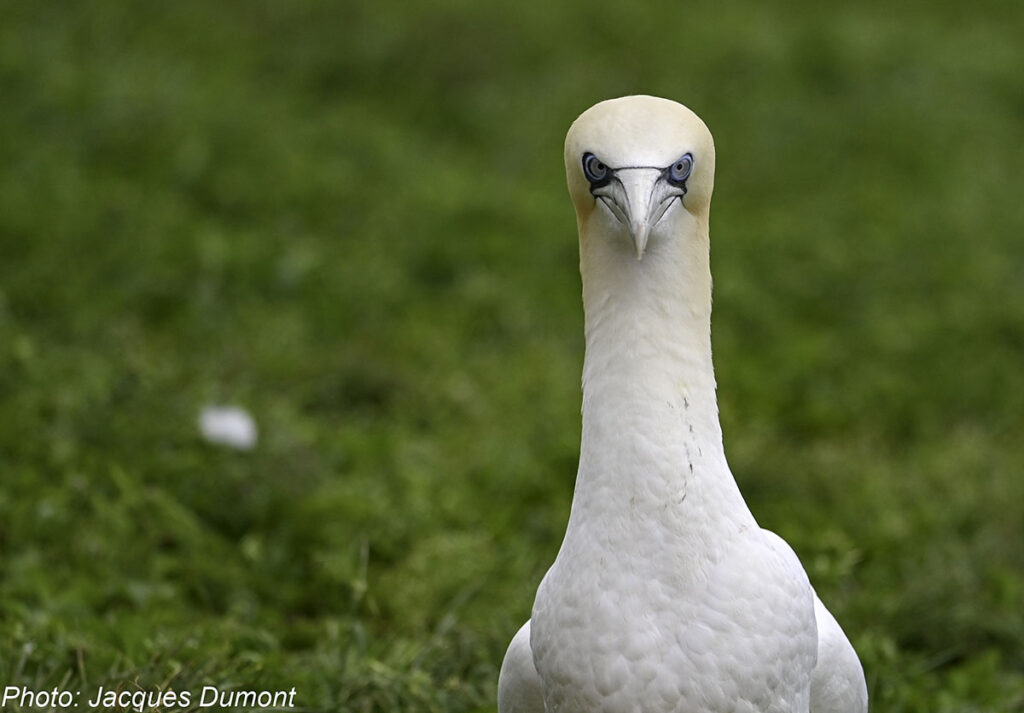
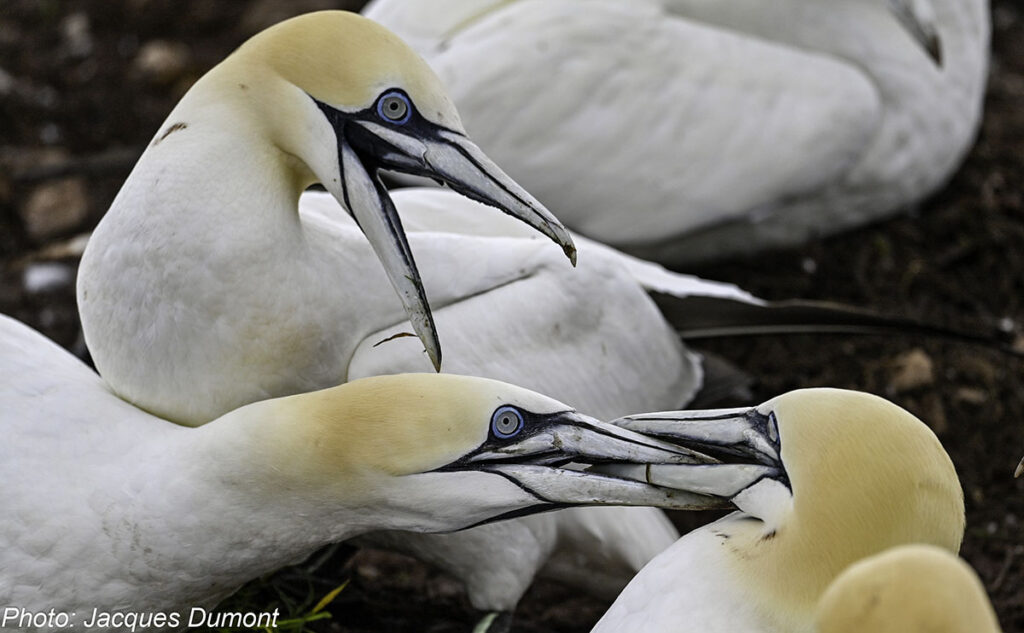
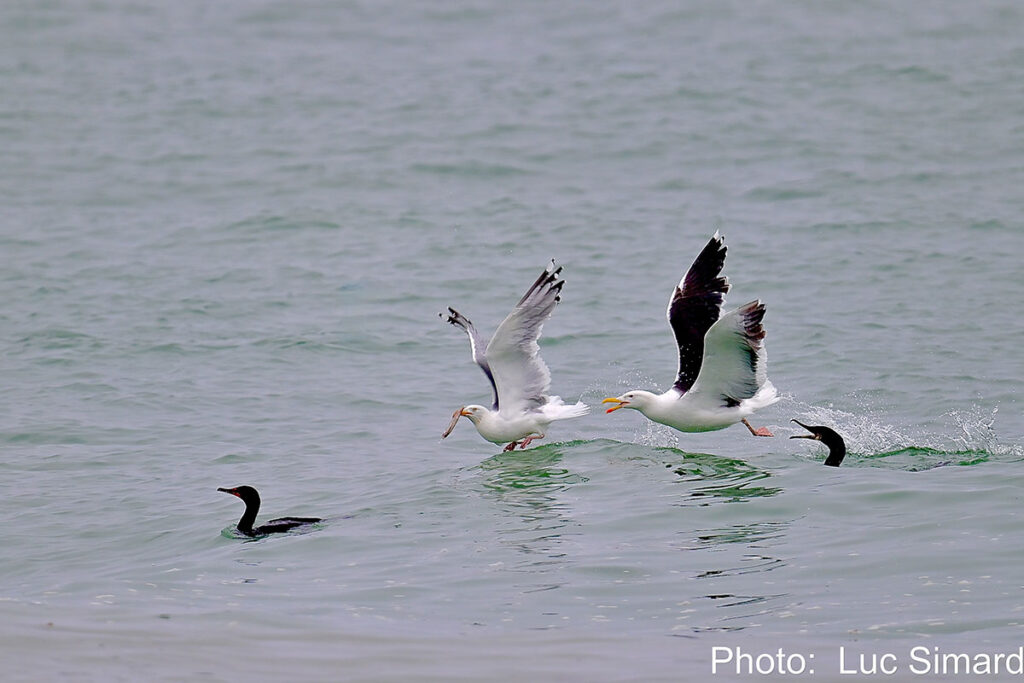
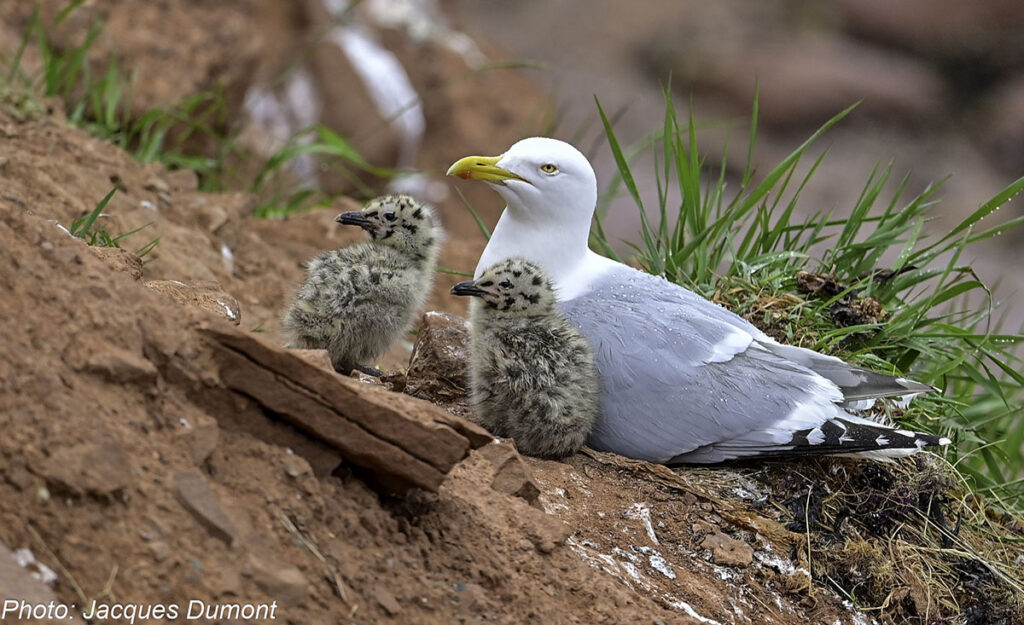
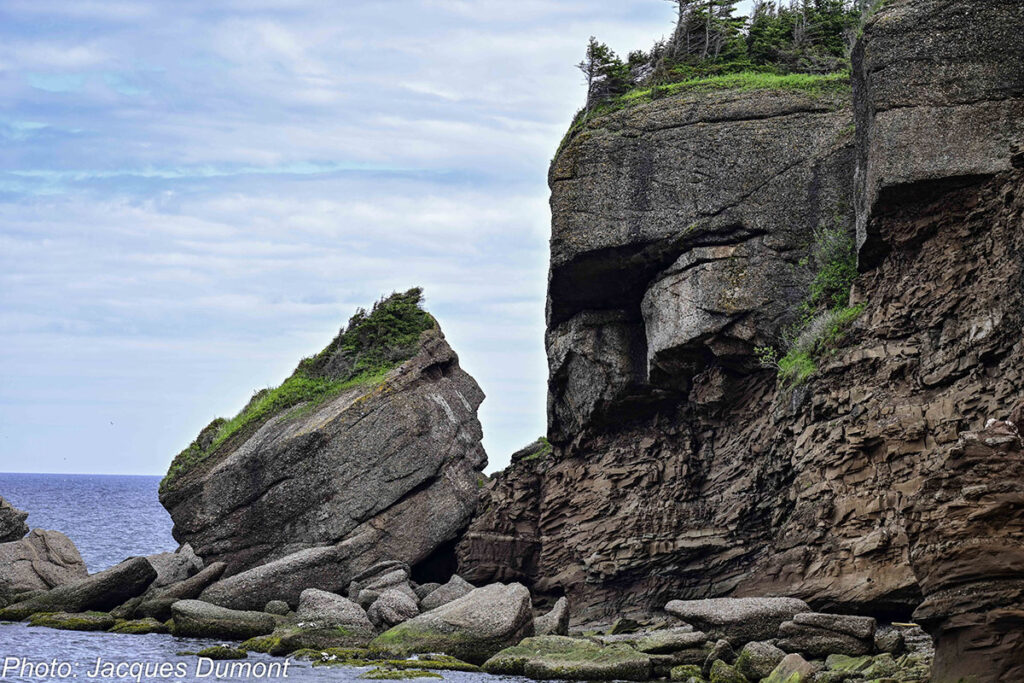
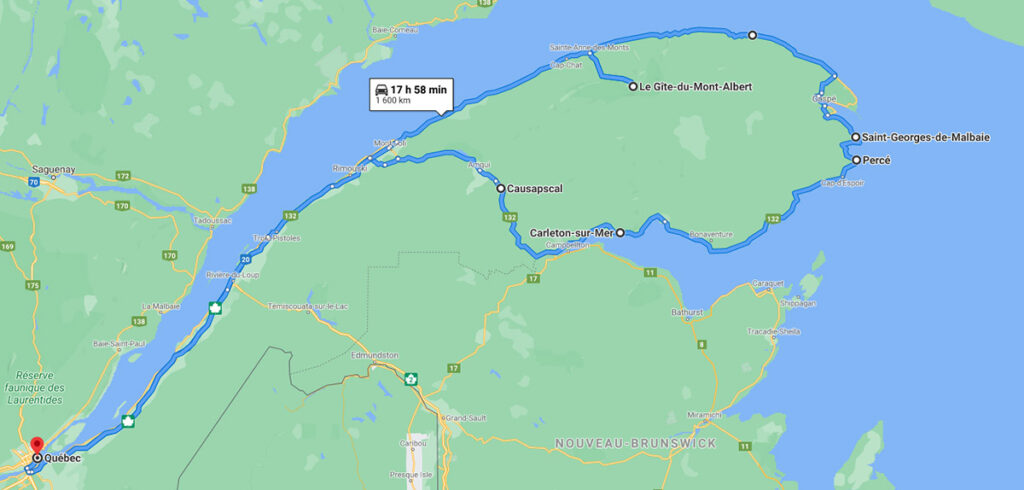




Très beau photo-reportage, ça donne le goût d’y retourner ou d’y aller. Ça prend définitivement des télé-objectifs performant pour capturer de tels images des oiseaux en mouvement. Très belles photos de paysage aussi. Bravo… à quand le photo-reportage sur la côte-nord?
Bonjour Michel,
merci pour tes bons commentaires. Le prochain numéro de notre infolettre FLASH sera sur mon périple sur la côte nord, jusqu’à Kégaska. Belle découverte.
Bonjour Jacques,
Je t’invite aussi au Lac Saint-Jean (Dolbeau -Mistassini, St-Felicien) durant la migration des “Snow Geese” fin septembre / octobre.
C’est un univers different par ici, un ile d’eau entourree par la “forest”.
Ps. Cote nord est aussi un univer a lui meme (Fermont)……
Cheers
Guy B
Superbes belles photos. Félicitations et un gros merci pour de ci belles photos. C’est à faire rêver.
Merci de tout coeur.
Gérald H.
De toute beauté! Comment peut-on vous contacter monsieur Dumont?